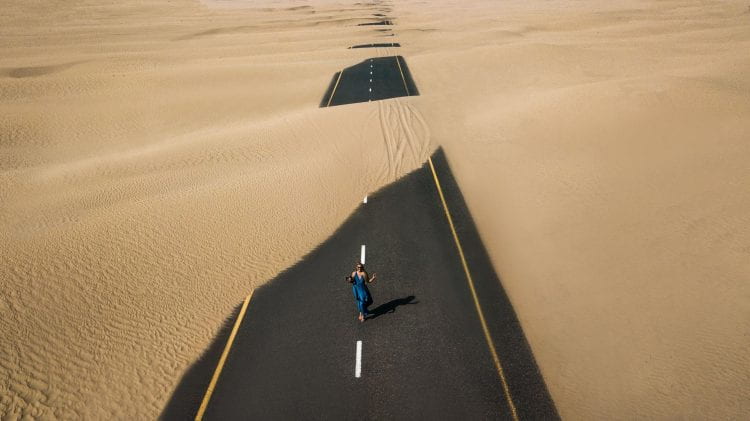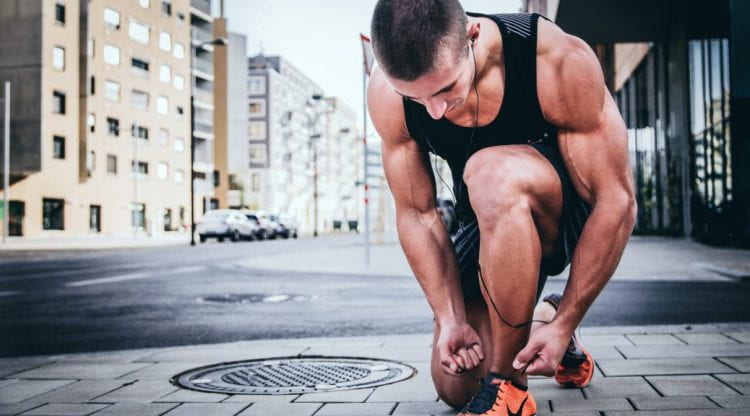As school winds down, are you tempted to wind down too? What if instead of settling into comfort, this summer became your launchpad for growth? Summer is the perfect time to intentionally get uncomfortable. There is a great deal of truth in the saying, “If comfort is your compass, you’ll never discover what you’re truly capable of.” For me, getting uncomfortable is to travel with groups of teens to unknown destinations. What might it be for you this summer?
This summer challenge yourself to be more like a lion than a housecat. English author, humorist, and satirist, Sir Terence David John Pratchett is attributed with saying, “The Egyptians thought the cats were gods. The cats haven’t forgotten.” The life of a house cat is often seen as ideal and enviable because it represents a version of existence filled with comfort, consistency, and low-stress living. House cats usually have safety without responsibility, unlimited rest and relaxation, and reliable food and care. They chose when and whom to engage, on their terms. And most compelling, they sleep 16-20 hours a day and without guilt! Yet, and this is said with emphasis. Yet…due to a house cat being confined, their health is at risk Obesity, muscle atrophy and joint deterioration, as well as mental and sensory decline are all negative impacts of a life indoors. In effect, this is serious because maybe it isn’t curiosity this killed the cat. Rather, comfort kills the cats!
This is not an article about cats. Rather, it’s about being a lion. This is in the context of getting uncomfortable and taking risks. It is about calling on the symbolic strength, courage, and intentionality of a lion. Instead of waking up late every day this summer, sitting poolside, or just lazing about, we might challenge ourselves. To step outside our comfort zone and begin to build or improve upon healthy habits. For me, this often reverts back to my relationship with technology.
Lions Grow Through Challenge, Not Comfort
To begin, it might help to simplify where we might want to grow into three categories: Physical, mental & emotional, or spiritual well-being. An EdSurge article titled, “Why Educator Wellness Matters“ imparts, “Research indicates that educator wellness directly affects education quality, student achievement and school climate. With alarming teacher burnout and attrition rates, making educator wellness a priority is critical for the sustainability and success of our education system.” Some summer goals to turn into habits may have to do with finding more time for physical activity. Or, maybe the prioritization of quality sleep is a habit which develops.
We may want to challenge ourselves with mental and emotional well-being goals. How this might look is connecting with others, with nature, or even just with ourselves. As well, supportive networks can be developed. Two intriguing opportunities recently shared with me are The Voyage and Living Systems Leadership Retreat for Women. The Voyage is a 5-day ‘walking retreat’ which involves daily guided trail hikes (5-13 miles) combined with immersive cultural activities like paddling and surfing. The experience aims to help men get out of their head, explore their next path, foster brotherhood and connection, and build resilience through physical challenge and reflection. The Living Systems Leadership Retreat is for women and will be offered in partnership with Biomimicry 3.8. Participants will learn more about how to use nature’s wisdom to create regenerative solutions to the multitude of challenges we face. Watching an introductory recorded webinar from this past January may be a worthy hour spent learning more about biomimicry—a practice that draws on the genius of nature’s ecosystems—and applying evolutionary intelligence to inform leadership, partnership building, and decision-making. Possible habits to benefit mental and emotional well-being are innumerable. For example, spending time in nature or just being intentional about slowing down. Both may reinforce presence, clarity, and a regenerative rather than reactive pace. For those especially intrigued by the work of Biomimicry 3.8, you may want to plan ahead to the summer of 2026 and consider participating in “Living Systems Leadership Retreat for Women” (Sign up here to be included on a mailing list and you will get information as soon as it is published).
And then there’s the spiritual. This could include attending a retreat. One crowd favorite is Joe Dispenza retreats (learn more here). Considered spiritual but not religious, they focus on inner transformation, consciousness, and the idea of connecting with a “greater intelligence” or universal energy. Another idea is to participate in a service project, whether local or abroad. This can deepen compassion and perspective. One example is Habitat for Humanity. And then there always is the option to engage in summer reading. Again, the reminder is to get uncomfortable. Challenge yourself to a sacred text or maybe something you never would pick up and read. For example, “The Book of Joy” by the Dalai Lama.
Lions Don’t Waste Energy, They Act With Purpose
Lions don’t chase every opportunity and nor should you this summer. Be deliberate. Choose something meaningful. And do not underestimate routine. Building a new habit takes intentionality. You don’t need to overhaul your entire life, just commit to one small, bold change at a time. Hopefully the few minutes it has taken to read this, is motivation enough to start. But probably not. James Clear says it best, “”Motivation often comes after starting, not before. Action produces momentum.”
Five point plan:
- Whatever it is, make a plan – Choose one thing you’ll do each morning before checking email.
- Start – Set the alarm 15 minutes earlier and just begin.
- Stick to it – Use habit stacking or a visual tracker.
- Seek support – Ask a friend to join or check in weekly.
- Celebrate wins – Post a note on your fridge: “Today, I did it.”
And stay centered on growth. A lion’s strength is forged through movement, challenge, and engagement with its environment. We humans are the same, grow through action, not passivity. My university roommate used to chide, “If you aren’t living on the edge…you are taking up too much space.” I’m not sure I agree with the need to live on the edge, however, staying comfortable actually weakens us.
Use the summer to get uncomfortable. To grow.
For you.
And in doing so, for your students.
Build the kind of daily life that ”Future-You” will thank you for. Not because it was easy, but because it was worth it.
Lions don’t wait for permission to lead—they rise. So can you.
ROAR!
#######################










